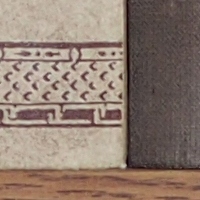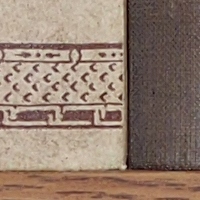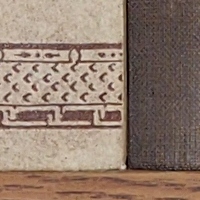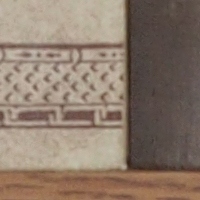Olympus M.ZUIKO Digital 75mm f/1.8 Review

Sharpness at 75mm
For this test, the M.Zuiko Digital 75mm f/1.8 lens was attached to an Olympus E-PL5 camera, which in turn was mounted on a sturdy tripod. The self-timer was used in order to avoid any vibrations that may result from tripping the shutter. Slight tonal changes are due to slight changes in natural light during the session. The crops below represent 1/400th of the total frame area.
 The full frame
The full frame
In the frame centre, the lens is surprisingly sharp wide open at f/1.8, reaching absolutely outstanding levels in the f/2.8-f/8 range. At f11, the finest details are visibly affected by diffraction but sharpness remains high. The effects of diffraction are more evident at f16, which is nonetheless still a usable setting. f22 is best avoided, though. Peak sharpness is achieved at f/4 and f/5.6.
The borders are not too bad at f/1.8, much better at f/2.8 and excellent from f/4 onwards. Again, the effects of diffraction become visible at f11, but the lens remains usable through f16.
Overall, the M.Zuiko Digital 75mm f/1.8 is one of the sharpest lenses we've ever tested. In real-life situations we would not hesitate using it at any aperture setting except f22, which is not a common f-stop to use on a telephoto lens anyway.
| Aperture | Centre Crop | Edge Crop |
| f/1.8 |  |
 |
| f/2.8 |  |
 |
| f/4 |  |
 |
| f/5.6 |  |
 |
| f/8 |  |
 |
| f/11 |  |
 |
| f/16 |  |
 |
| f/22 |  |
 |
